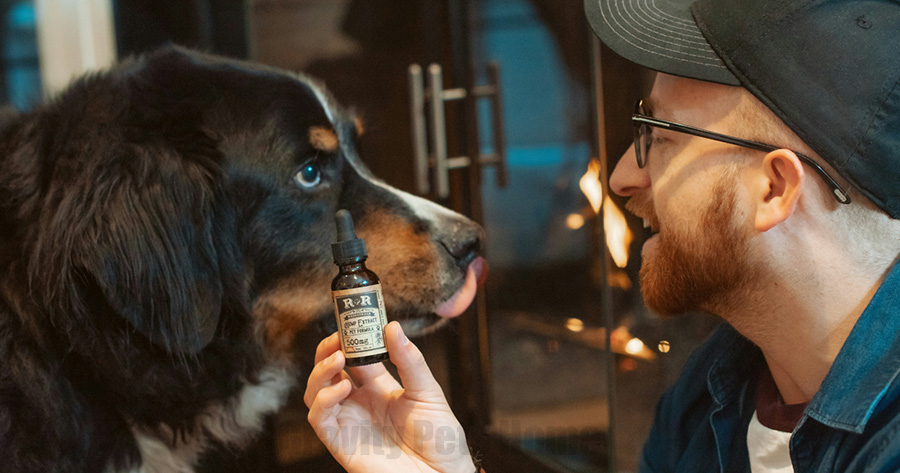Training your pet is essential to building a respectful and joyful bond with them. Whether you’re a new pet parent or simply want to address specific behavior concerns, understanding effective training techniques can make a big difference. Here, Gravity Pets Home explore helpful tips to tackle common behavior challenges and ensure your pet grows into a well-mannered companion.
1. Start with Basic Commands
Teaching basic commands like “sit,” “stay,” “come,” and “leave it” establishes a foundation for good behavior. Start training in a quiet environment with minimal distractions and use positive reinforcement, like treats and praise, to motivate your pet. Consistency is key—practice these commands daily to reinforce their learning.
2. Socializing Pets
Socialization is crucial, especially for young animals. Proper socialization helps pets feel comfortable around people, other animals, and in new environments, reducing anxiety and aggression. Introduce your pet to various settings, sounds, and faces gradually. Organize playdates or controlled group outings to help your pet build social confidence.
3. House-Training Essentials
For new pet parents, house-training is often a top priority. Establish a consistent routine for bathroom breaks, preferably after meals, play, or naps. Take your pet to the same spot each time, and reward them for successfully going outside. Be patient, as house-training takes time. If there are accidents, avoid scolding, as it may cause confusion—redirect your pet gently and reinforce the desired behavior.
4. Addressing Barking and Jumping
Excessive barking or jumping on guests can be common issues, especially for dogs. For barking, identify the triggers (such as strangers or doorbells) and use distraction techniques, like giving a toy, to redirect their focus. Train them to remain calm with commands like “quiet” and reward them when they obey.
For jumping, discourage this by turning away or ignoring your pet until they calm down. When they keep their paws on the ground, reward them with attention or treats. Training them to greet people politely can minimize excitement-driven behavior.
5. Managing Chewing and Scratching
Chewing and scratching are natural behaviors but can become problematic if pets turn to furniture or other belongings. For dogs, provide chew toys and discourage chewing on inappropriate items by offering a toy as a replacement. For cats, scratching posts can help save your furniture. Consistent redirection and positive reinforcement can help curb these habits.
6. Handling Separation Anxiety
Many pets struggle with being left alone, leading to destructive behavior or excessive barking. Gradual desensitization can help. Start by leaving your pet alone for short periods, gradually increasing the duration over time. Interactive toys or treat puzzles can keep them entertained. Additionally, maintaining a calm demeanor when you leave or return can help reduce their anxiety.
7. Seek Professional Help if Needed
While these tips cover many basics, every pet is unique, and some behaviors may require expert guidance. If issues persist, a professional trainer or behaviorist can offer personalized solutions tailored to your pet’s needs.
Conclusion
Training requires patience, consistency, and a positive approach. Addressing behavior challenges not only makes life easier but also strengthens the bond between you and your pet. By following these tips, you’ll help your pet become a happy, well-adjusted member of your family, bringing joy and companionship for years to come.

